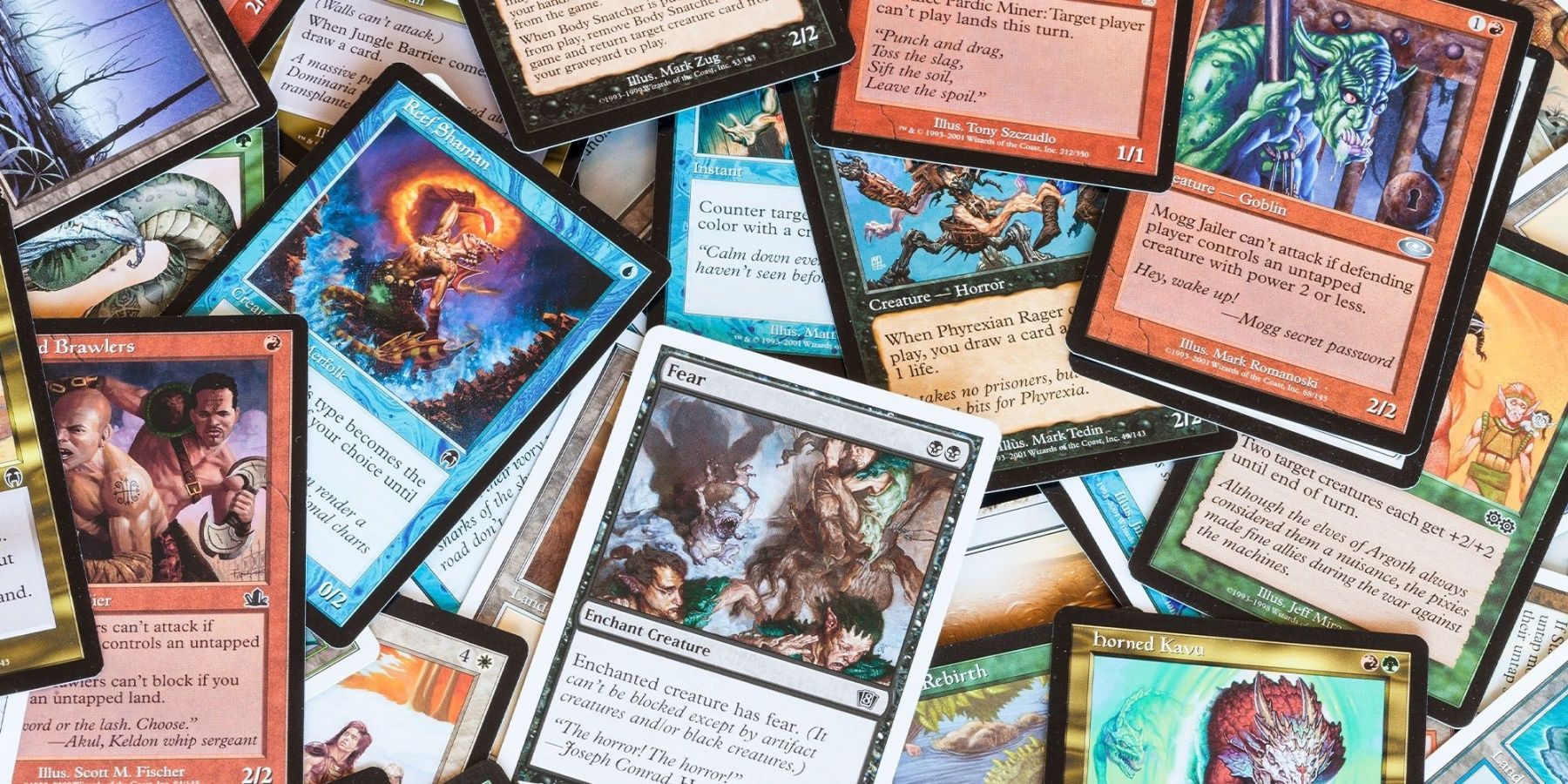
Organizing a Magic: The Gathering (MTG) collection can feel like trying to sort through an ever-growing multiverse of spells, creatures, and artifacts. With thousands of cards spanning decades, an unorganized collection can make deck building frustrating and time-consuming.
But with the right system, keeping your collection neat and accessible becomes easy—and even enjoyable. Here are five proper ways to organize your MTG cards, each suited to a different kind of player or collector.
1. By Set and Collector Number
This is the method most used by collectors who value completeness and presentation. Organizing by set means grouping cards according to the expansion they come from—like Dominaria United or Murders at Karlov Manor—and then arranging them in order by collector number. This makes it simple to see which cards you’re missing from a particular set. It’s ideal if you like displaying your cards in binders, since it mirrors the layout of official set lists.
2. By Color
Color organization—white, blue, black, red, green, multicolor, artifacts, and lands—is perfect for players who build decks frequently. You can quickly find the spells you need to fill color-specific roles. Within each color, you can take it further by sorting cards alphabetically or by mana cost. This approach gives you a strong sense of what you have in each color and streamlines deck construction without overwhelming detail.
3. By Format
If you play multiple MTG formats—like Commander, Modern, or Pioneer—organizing by format is a smart move. Separate your cards based on what’s legal in each format, and maybe even maintain boxes for banned or obsolete cards. This helps when you want to build or update a deck for a specific event without sifting through piles of irrelevant cards. It’s especially useful for competitive players who care more about playability than collecting.
4. By Card Type or Function
Some players prefer to group cards by what they do rather than what they are. Sorting by type—creature, instant, sorcery, enchantment, artifact, land—or by function, such as ramp, removal, draw, or protection, helps you design decks with balanced roles. It’s a great system for players who like fine-tuning their strategies and understanding how each piece fits into a deck’s engine.
5. By Value or Rarity
If part of your interest in MTG is its financial side, sorting by value or rarity might be best. Keep your rares, mythics, and foils in top loaders or binders, while storing commons and uncommons in bulk boxes. This not only protects your most valuable cards but also makes trading and selling more efficient. You’ll always know where your prized pieces are, and you can easily assess the worth of your collection at a glance.
A well-organized MTG collection isn’t just tidy—it’s empowering. Whether you’re a competitive player, a set collector, or a casual deck builder, the right method saves time and deepens your connection to the game. Pick the system that matches your goals, and your collection will stop being a pile of cardboard and start being a resource you can actually use and enjoy.
Thanks for reading.
